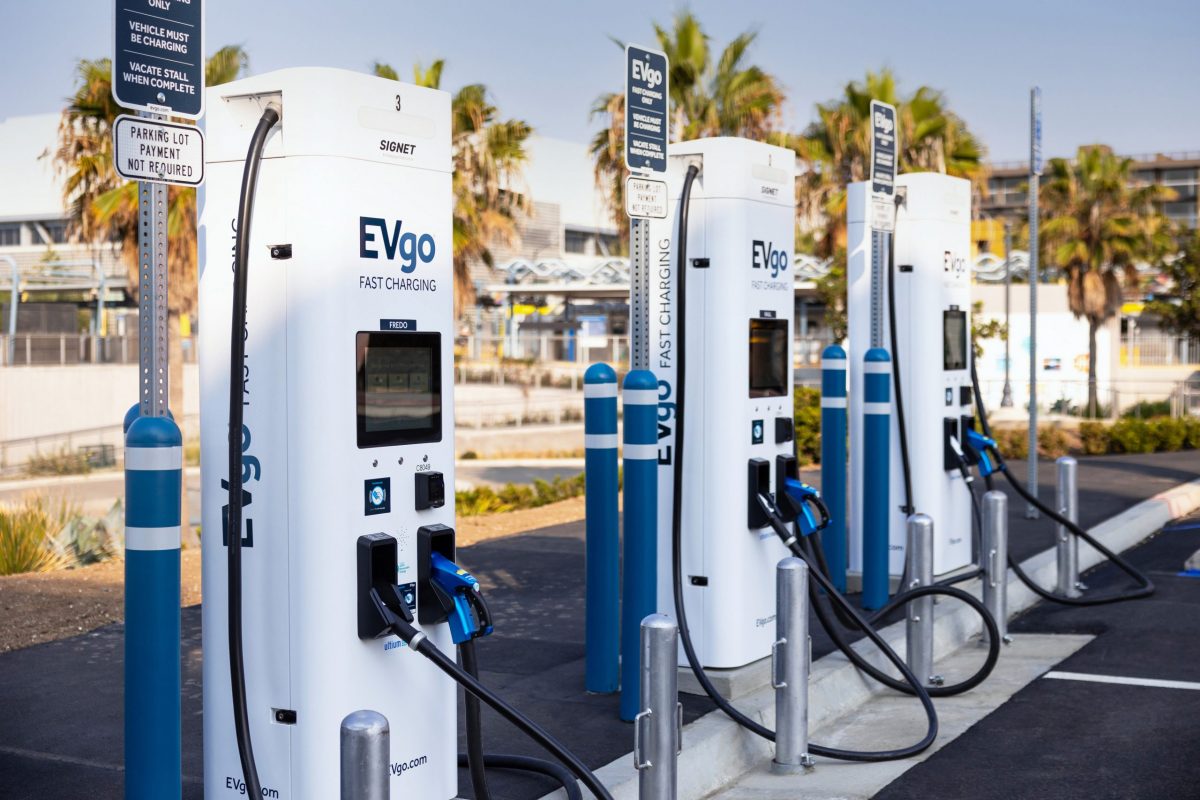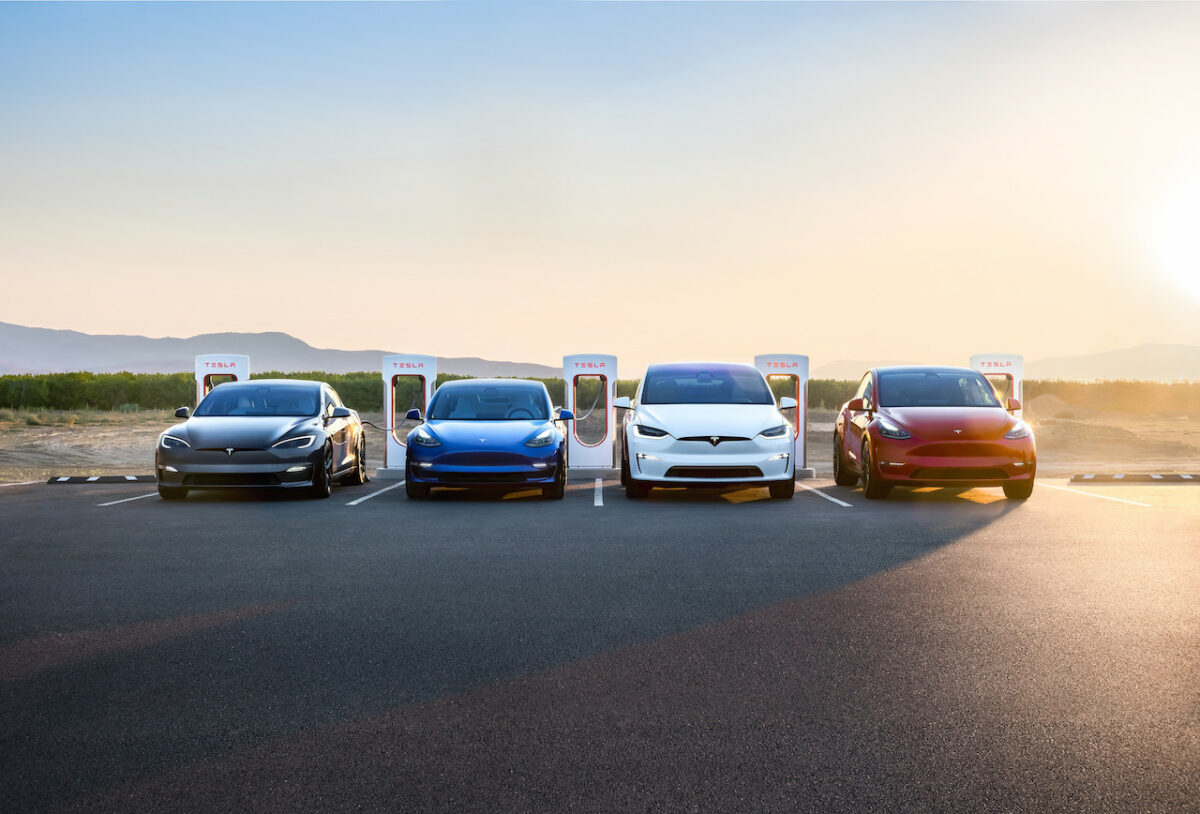Kia‘s all-new Sportage is the company’s big bet on the C-SUV segment. Built at the company’s European plant in Zilina, Slovakia, the Sportage is the sister model of the Hyundai ix35, which went into production at the same plant in 2009. The Dongfeng-Yueda-Kia Motors Co joint venture in Jiangsu province, China will build the model for the Chinese market, with all other markets receiving models built at Gwangju in Korea. The Chinese version is expected to differ from the models built elsewhere; the Korean and Slovakian-built version is codenamed SL – those built in China will be coded SLC.
The first-generation Sportage was sold between 1996 and 2002. In 2004, Kia introduced the second-generation model, which remained in production until 2009. In 2005, European sales of the Sportage peaked at 36,000 units. To date, over 240,000 units of the Sportage have been sold in Europe and over 860,000 units worldwide. This new version of the Sportage is the third-generation, and goes on sale in Europe in late July.
According to data presented by Kia Motors Europe at this week’s European press launch of the Sportage, the SUV segment accounts for 9% of European sales. Within this segment, the two largest vehicle classes are D-SUV and C-SUV. D-SUV sales, which include vehicles like the Kia Sorento, Hyundai Santa Fe, Volvo XC60, BMW X3 and the Audi Q5, account for 26% of SUV sales, whilst C-SUVs, such as the Hyundai ix35, Nissan Qashqai, Volkswagen Tiguan and Ford Kuga, account for 49% of the segment. The E-SUV segment, which covers the likes of the Land Rover Discovery, Porsche Cayenne, Audi Q7, Mercedes-Benz M-Class and the Volkswagen Touareg, is one in which Kia does not compete in Europe, although it does offer the Mohave/Borrego in North America and Korea.
The only SUV segment which has enjoyed continuous – and considerable – growth is the C-SUV segment, which has grown from 316,000 units in 2002 to 714,000 units in 2009.
Kia says sales in the C-SUV segment have grown continuously since 2002 in the region it refers to as EU22. D-SUV sales grew until they peaked in 2006 at 279,000 units, after which they dipped, only to return in 2009 to 273,000 units. Sales in the E-SUV segment enjoyed a considerable growth from 179,000 units in 2002 to 361,000 units in 2007, but suddenly halved by 2009 to 182,000 units. The only SUV segment which has enjoyed continuous – and considerable – growth is the C-SUV segment, which has grown from 316,000 units in 2002 to 714,000 units in 2009. The total European SUV market in 2009 stood at 1.26 million units.
The nature of the segment is such that the majority of sales – certainly in Europe – are likely to be the front-wheel drive (FWD) variant. Much of the C-SUV segment’s success hinges on drivers enjoying the SUV driving position and rugged looks, whilst hardly ever driving off-road, and opting therefore for the less expensive two-wheel drive version. The success of the Nissan Qashqai is a perfect illustration of this. Kia is expecting 91% of its UK sales to be FWD, and 78% across Europe as a whole.
Far from intending the vehicle as a soft-roader, however, Kia has focused on the vehicle’s all-wheel drive system, and has even used this as an area in which the company can steal a lead over the Hyundai equivalent. Rather than using the AWD system already available in the Hyundai ix35, the AWD version of the Kia Sportage comes with the Magna Powertrain-developed Dynamax system, which is built for Kia by Wia-Magna Powertrain, Hyundai Wia’s 50:50 joint venture with Magna Powertrain. Hyundai Wia is Hyundai Motor Group’s powertrain subsidiary, and the joint venture has a new plant in Asan, Chungcheongnamdo, South Korea, established specifically for this AWD system.
Far from intending the vehicle as a soft-roader, however, Kia has focused on the vehicle’s all-wheel drive system, and has even used this as an area in which the company can steal a lead over the Hyundai equivalent.
Wia-Magna Powertrain says it has an annual capacity for up to 600,000 AWD-coupling units, and that Kia’s all-new Sportage is the first of several vehicles that will feature the Dynamax system. The Hyundai ix35 uses an AWD system designed by JTEKT, the company created in 2006 by the merger of Koyo Seiko and Toyoda Machine Works. Sources have indicated that because the Sportage AWD system is more advanced than that used in the ix35, and offers better controllability and fuel consumption, Hyundai is looking to launch the Dynamax system in the ix35 in Korea towards the end of this year, and is considering introducing it in Europe next year.
So, what are the implications of this? Hyundai and Kia now both have a product highly capable of taking on the C-SUV segment in FWD format. Despite the big-business potential of the soft-roader segment in key markets, there remains an important place for compact SUVs with highly capable and well-developed AWD systems. Having to date needed to source its AWD system from outside the group, the parent company now has in-house such an AWD system, developed in partnership with a market specialist. FWD or AWD – this latest generation of C-SUVs is set to further strengthen Hyundai-Kia’s growing sales results.
Martin Kahl



